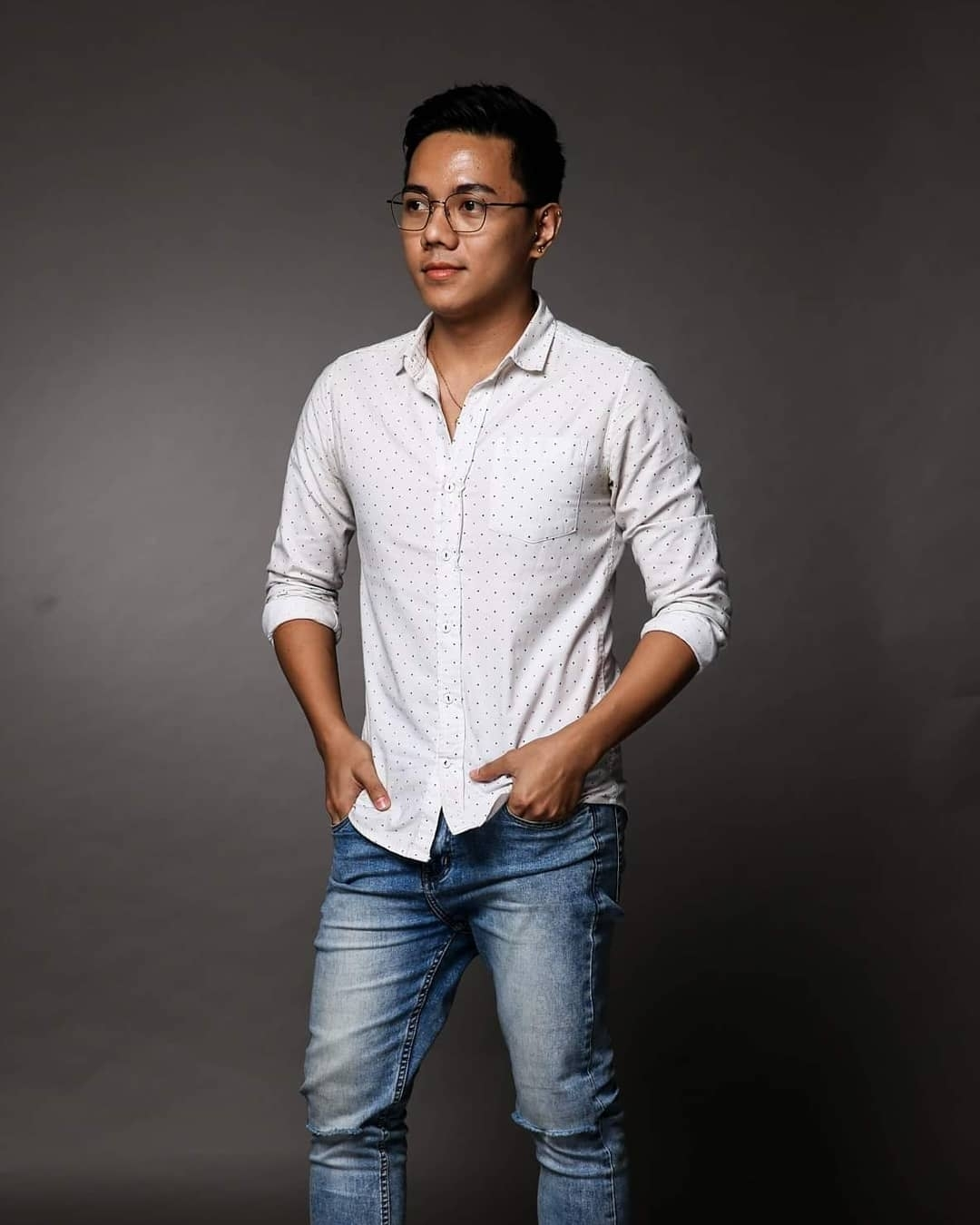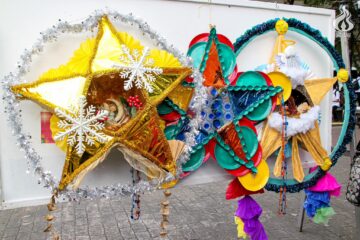THE EXCELLENCE and intimacy of being able to string words together to create an alternate universe is an untouchable avenue of art. The ink from the poet’s pen is a weapon that immortalizes everything under the sun, may it be constant or temporary.
Poetry has been around for many centuries, recolored in different forms, shapes, in various mediums, and diverse dispositions. The immortality and vibrance of poetry is celebrated through this list of modern Filipino poets who never ceased to enchant readers with their craft. Featured in all imaginable platforms, these writers are able to keep the magic of rhymes and stanzas alive and kicking.

- Rod Marmol
“Gusto ko ng ambon—
hindi nagmamadali, hindi naninira,
hindi nananakot, hindi naninigaw.
Pero patuloy na nagbibigay.”
(excerpt from Rod Marmol’s Gusto ko ng Pag-ibig na Parang Ambon)
Rod Mormol wields the power of being able to fuse delicateness and humor into his poetry. Marmol does not comply with the traditional form of poetry with rhyming schemes and syllabic counts. Instead, he writes mostly in free forms. Despite its nebulous nature, the usual flow of a poem is still observed. He does this by incorporating internal rhymes and throwing in words that complement the thought of the piece.
Marmol’s poetry can be found on different social media platforms like Facebook, Twitter, Instagram, and Blogspot. However, Marmol’s main platform for sharing is on Facebook where he has already gained 484,000 followers. Accompanied by enticing visuals and publication materials, his works are massively shared to its target audience. On the platform Blogspot, Marmol features various submissions of poetries by different people. It has become a melting pot of aspiring poets who are delighted to share their craft to the world.
Aside from being a poet, he has also ventured into directing and screenwriting. His relevance on television is also proved through his Pista ng Pelikulang Pilipino entry Cuddle Weather which topped the Netflix charts in different Asian countries.

2. Paolo Manalo
“From the back row, my sisters crown them all
With signs of peace: V-signs that, on those heads,
Become the Devil’s horn as we say “Cheese!””
(excerpt from Paolo Manalo’s Family Reunion)
Paolo Manalo uses poetry as a medium for social change. Coining the term “Jolography,” Manalo is fond of incorporating satirical comments and contents into his work. With the use of English, Manalo attempts to wield the language to expose the rotten realities of the Philippines. Through his first poetry book of the same name, he was able to draw attention to this new and innovative way of calling out the authorities while not straying away from the magic and beauty of Filipino poetry.
Manalo has published several poetry books namely Happily Ever Ek-ek (2019) and Jolography Retconned (2020), and his first poetry pamphlet E is for Epal (2018). His most notable work “Jolography,” was the first placer for 2002 Carlos Palanca Awards and the 2004 UP Gawad Chancellor Para sa Natatanging Likha ng Sining.
Manalo is currently a professor at University of the Philippines, College of Arts and Letters, in Diliman.
3. Jeivi Nicdao
“Tell me how our howls disenthral
what our bodies cannot
contain. How guttural, perhaps,
I can grace your name.”
(except from Jeivi Nicdao’s Rouse)
Jeivi Nicdao’s advocacies greatly reflect on her poetry. Her passion lies beneath women empowerment and gender equality. Evident in her first ever published chapbook, Rouse, she is fond of writing poetic pieces that include a voice that knows how to demand its rights. Nicdao also does not conform to the traditional form of a poem. Though she incorporates the stanza format, she rarely ever includes rhymes. Instead, she colors her work with vivid and descriptive words to fully encapsulate the feeling presented in the poem.
She started publishing poems through Ateneo Heights, the official literary and artistic publication of the Ateneo de Manila University. Nicdao also graduated from the same university where she took up AB Psychology and AB Panitikan (Filipino). She has become a poetry powerhouse, providing various writing and advocacy workshops both inside and outside of Ateneo.

4. Virgilio Almario
“Hábang binubuklat-buklat
Ang mga alon ng dagat,
Nabása ko’ng mga hirap
Sa baybayin ng pangarap.”
(Rio Alma’s Dalampasigan)
Virgilio S. Amarilio, or Rio Alma, proves his timeless legacy in the field of literature as it is kept alive through a digital archive he created on Facebook. Through this social media platform, a daily poem of his is published, shared among his 10,000 followers. An obvious upholding of traditional poetry is observed in his works, making sure to celebrate the roots of Filipino heritage and literature.
Almario’s pieces have a knack for taking the readers aboard to a nostalgic ride back to the serenity and simplicity of living. With his rich vocabulary and smart use of mental imagery, the full spectrum of emotions are thoroughly felt through his pieces.
Almario is an established and well-respected wordsmith in the literature forte. Hailed as a National Artist for Literature in 2003, he has never left the spheres of creative writing ever since. His perpetual artistry has even adapted to the fast-paced dimension of the internet.

Poetry’s ability to adapt through time and changes just further proves its timeless relevance in the field of art. These notable poets are just a few of the many other individuals who never let the spark of poetry fade away even through the emergence of new art forms. F



